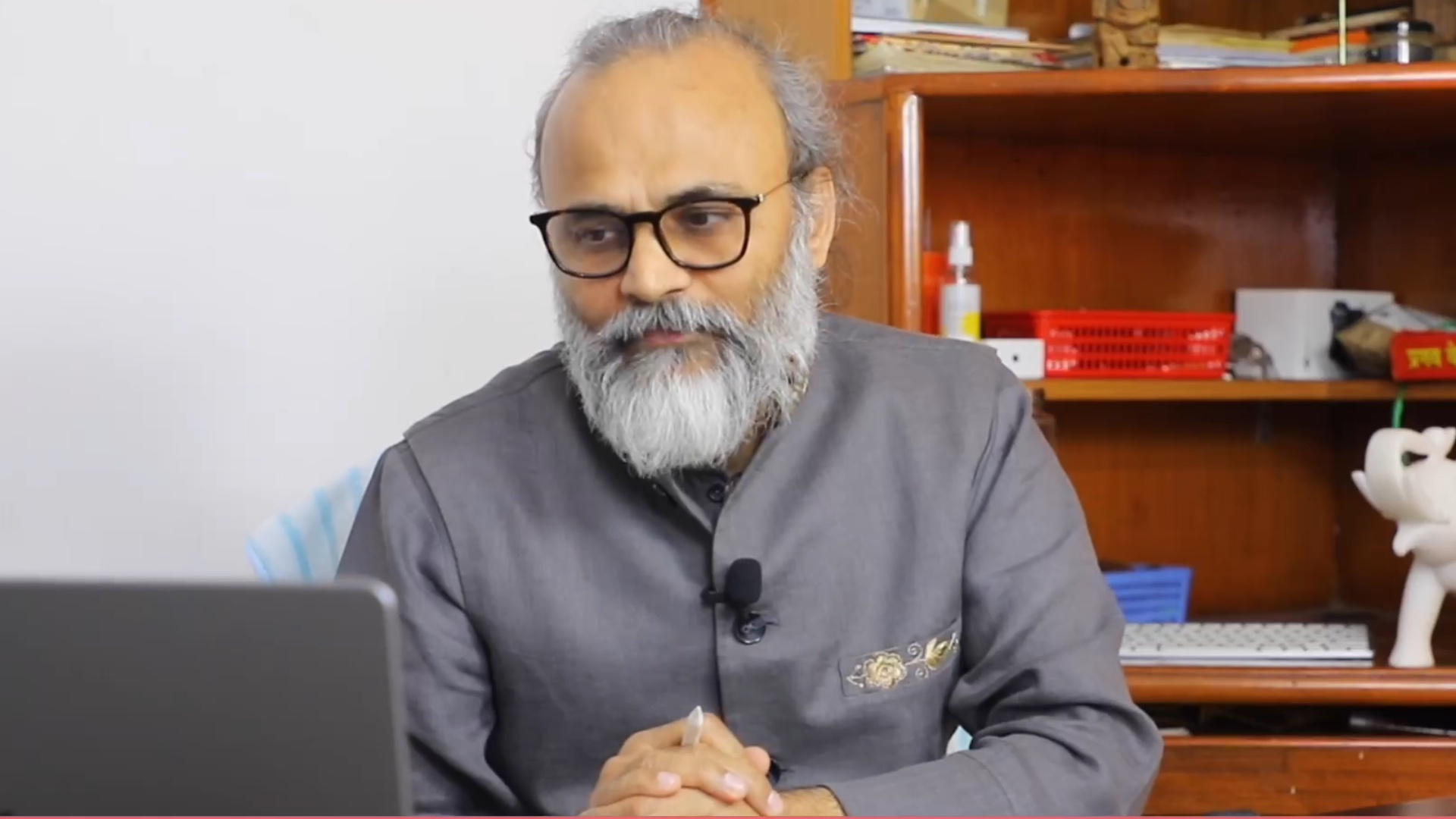
Before The practice of Kumbhak
6 months ago By Yogi AnoopBefore the practice of Kumbhak, it is necessary to understand the speed of the breath.
Without understanding the speed, it is not possible to stabilize the speed.
In my experience, stillness is hidden in movement itself.
Mostly, in the objects that appear still, movement is hidden.
And in the moving object, stillness is hidden.
It is necessary to understand this through an example—
A small child’s height is increasing, but that speed is not visible to the eyes.
But movement is happening. That is why the child’s height is increasing.
Even after a certain age, it is not that there is no movement happening in the body.
Movement continues until death.
It is this movement that needs to be understood.
In this very movement, natural Kumbhak is hidden.
But the ordinary intellect does not experience that natural short pause.
That is because its attention is not on that brief moment of pause, but rather on the tension that is generally visible.
Just like — while doing karma, the mind’s being on tension is what produces fatigue — I call it sakām karma.
But experiencing the moment of relaxation that comes after fatigue during the act itself — that I call niṣkām karma.
That moment of relaxation is the moment of Kumbhak and of pause.
That is because only at the time of stopping can the experience of rest happen.
Rest is not possible in motion.
Here, one must also note that in the moment of stopping — that is, Kumbhak of the breath — the one who stops, that is the doer and the soul, begins to experience stability.
The “I”, due to ignorance of keeping itself in the periphery, makes the mistake of considering itself as moving.
But when the “I” experiences stillness in the object, then it begins to feel its own natural stillness.
I always say that when the “I” becomes capable of taking itself out of that periphery, that is called nirvāṇa.
That itself I call liberation.
As long as one is in the periphery, the illusion of movement remains.
That very illusion is ignorance, and that same ignorance is sorrow.
That very ignorance also gives disease.
That is why, in spiritual practice, we try to understand this movement.
Why? Because without understanding movement, one cannot be free from the periphery of movement.
That is why, to establish the self in the center — though that is its original nature — the practice of Kumbhak, rest, and stillness is necessary.
In my experience, to understand Kumbhak, it is most necessary to first understand the movement of Pūrak and Recak, that is, the movement of taking breath in and letting it out.
That is why, in this entire Kumbhak workshop, I want those people to be more involved who have done our Turtle Yoga or Turtle Breathing program or workshop or teacher training course.
The reason is that until you understand movement, you cannot understand stopping.
Until you understand Prāṇāyām, you cannot understand hold or Kumbhak.
Let me give an example, then you will understand it.
Suppose you throw a ball into the air — obviously it will fall down.
It will fall very fast, will hit the ground, and then bounce upward.
When it hits the ground, it will hit fast and will get slightly hurt by colliding with the ground, then it will bounce upward.
Now take another example—
If I throw a ball at a wall, then it is better to throw it at high speed.
Now I take a ball in hand and hit it fast on the wall, it will collide with the wall and return.
Then I hit it again, and it returns again.
Here, the time of stopping is very short.
And along with that, the possibility of injury becomes higher.
If you keep hitting it fast against the wall and it keeps colliding and you catch it again, your hand will also get hurt.
Here, injury means the reaction or the effect.
This means that the holding time of Kumbhak — whether the ball is on the wall or in the hand —
If the speed is fast, then the holding time will be short, and in that time, the possibility of injury or reaction will be more.
In the same way, if I apply this example to breath in Prāṇāyām, and say that you do Bhastrikā and hold in that —
Because Bhastrikā is done fast —
You inhale fast with the help of the hands, hold for a second, then release down, and again hold for a second.
Now you observe — the breath is entering the lungs in very high volume, and also exiting fast,
Because of that the lungs get a very sharp impact, and the hold also happens at that same fast speed.
If in the beginning, any normal person, without any diagnosis, does such Kumbhak practice in which there is no control of speed —
Then it can be very harmful.
It doesn’t only affect the lungs, but also the blood circulation system of the brain and heart.
That is why I always say that before the practice of Kumbhak, control over the speed of breath is most necessary.
If your breath is going very slowly, with very low speed,
Then when it stops in the lungs, there will be no sensation of injury.
Just like if you did not throw the ball fast, but very slowly —
It just touched the wall and returned.
That moment of touching is as gentle and relaxing as it is spiritually progressive.
That is the moment of Kumbhak.
In that state, only the experience of touch and relaxation remains.
There is no feeling of any impact or injury there.
Recent Blog
Copyright - by Yogi Anoop Academy
